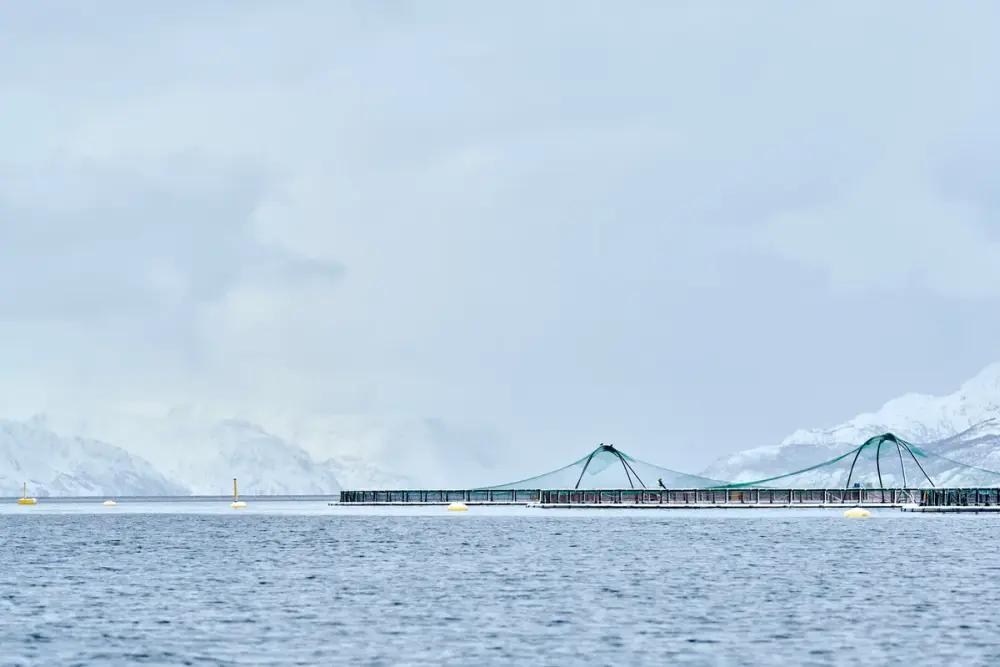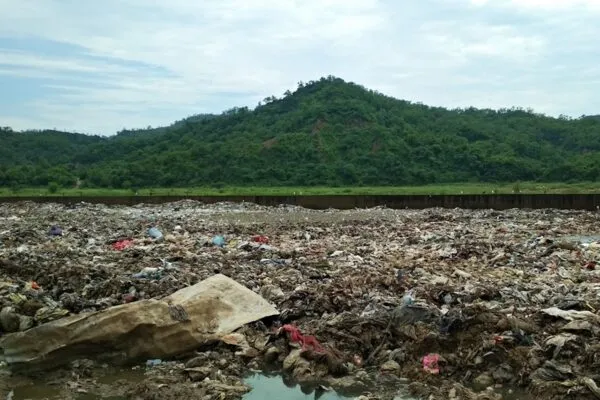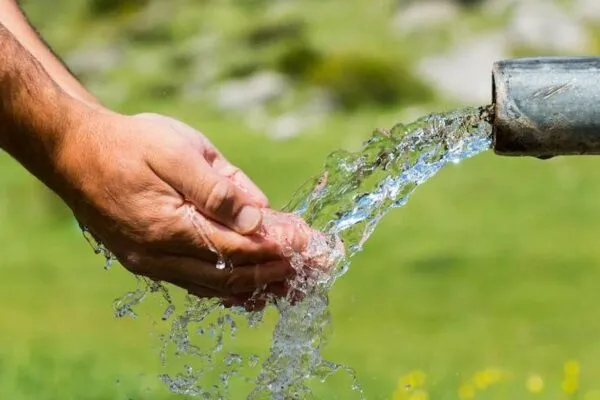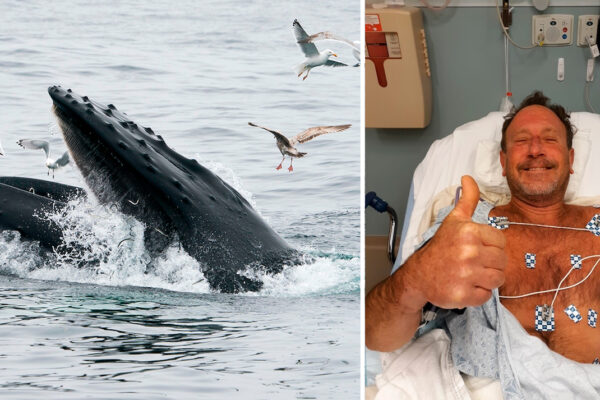96,000 Fish Die After a Seafood Facility Chlorine Leak Contaminated a Norway Fjord
Water contamination through chemicals has become a common occurrence these days – from shipwreck oil spills to gas leaks setting oceans on fire. In the most recent episode, approximately 96,000 fish were killed after a leak of 4,000 gallons of chlorine from the Grieg Seafood facility made its way into a northern Norway fjord.
The company released a statement stating that this unfortunate incident had killed 96,000 fish, who were in the pens at the harvesting plant. The company hasn’t yet completed an overview of how the leak will further affect the environment in the fjord.
Greig Seafood supplies over 25,000 tons of salmon to North America and Asia each year. The company said no employees or other people were harmed during the incident.

96,000 fish, who were in the pens at the harvesting plant, were killed in a leak of 4,000 gallons of chlorine from Grieg Seafood facility | Image: Grieg Seafood
Grieg Seafood Finnmark has involved Akvaplan Niva to conduct an independent assessment of the environmental impact of this leak, which will also evaluate the samples of the seabed around the harvesting plant. It will be managing the cleanup of the harvesting pens, which could take several days to complete. The dead fish will be taken care of by the plant’s silage system and boats.
The company uses chlorine to disinfect processing water at its harvesting plant, which is a typical practice in Norway. It said that the leak had a “short-term, acute impact on organisms that were in the water around the harvesting plant” during the incident.
According to the local police, the leaked chlorine has already made its way into the Atlantic Ocean and emergency services were looking to completely comprehend the severity of the situation.
While the company’s loss during this mishap has been put at approximately $3.4 million, the environmental cost of this debacle is likely to surpass the monetary value of the dead fish easily.
The increased frequency of these incidents has vastly contaminated marine ecosystems and threatened the existence of marine life. Moreover, responsible parties must pay for their contribution to such occurrences, while caution and prevention are the only ways to ensure that no more episodes of chemical spills occur.


